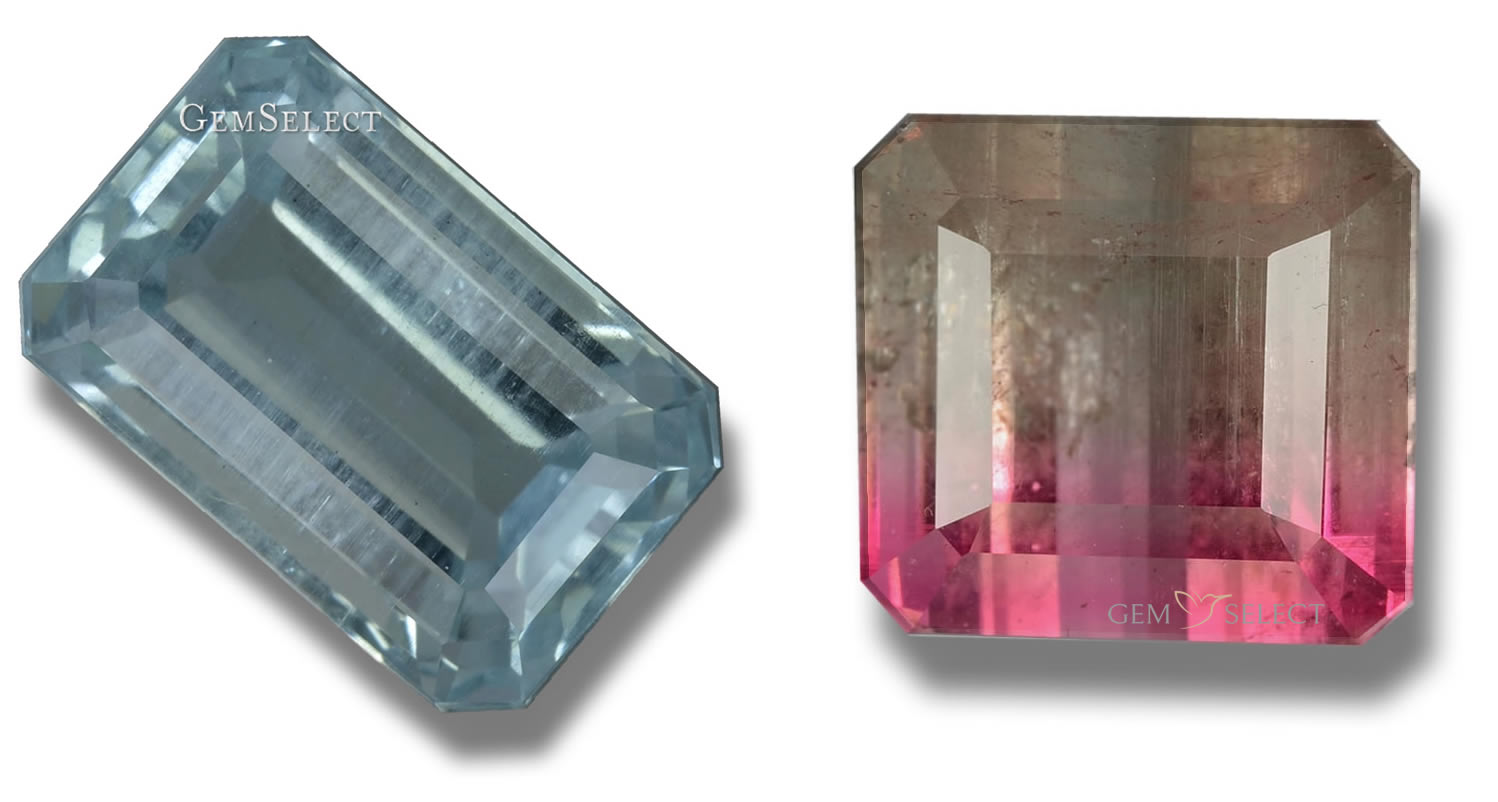Gemstone Clarity and Gemstone Cut

When it comes to gemstones, clarity refers to the internal flaws, known as inclusions, as well as external blemishes of a stone. Flawless colored gemstones are rarer than flawless diamonds. However, even though clarity is important in colored stones, it does not carry the heavy premium as it does for white diamonds.
For example, a valuable emerald will be heavily included, since the natural process of emerald formation is violent, resulting in many natural flaws in even the most valuable of emeralds. In fact, according to GIA, a good quality emerald ranges from I1 to I3 clarity. In addition, lighter colored stones need to be cleaner, since their flaws can be seen more easily. Darker colored stones can hide their defects because of their depth of color.
Gemstone Clarity
The location and the type of inclusion or blemish are important with colored stones. For example, a large crack on the surface of a stone can interrupt the movement of light through the stone, and may also weaken the stone's durability. A large crack would probably detract from the stone's beauty and reduce its value. However, if the crack is small and positioned in a less noticeable area, then it will not affect durability, beauty or price as much as a prominent flaw.
The types of inclusions may also be helpful when used to identify the origin of a stone. For example, Burmese rubies have unique inclusions such as unusual crystal formations that identify the stone as having a Burmese origin. African rubies do not have these unique inclusions, but contain their own unique inclusions as the geological processes of their formation were different from their Burmese cousins. Many gemstones even have inclusions which are considered valuable, such as the silk seen in fine rubies, the rutile in colorless quartz and the prized horsetails found in Russian demantoid garnet.
More about Gemstone Inclusions
Most gemstones have tiny natural irregularities called inclusions. Most inclusions are not visible to the naked eye; usually 10X magnification is required to see these inclusions. However, larger inclusions can be seen with the naked eye. These irregularities may be substances such as unfilled cavities, small crystals, fractures or growth patterns within the gem.
Gemstone inclusions can be divided into three categories:
|